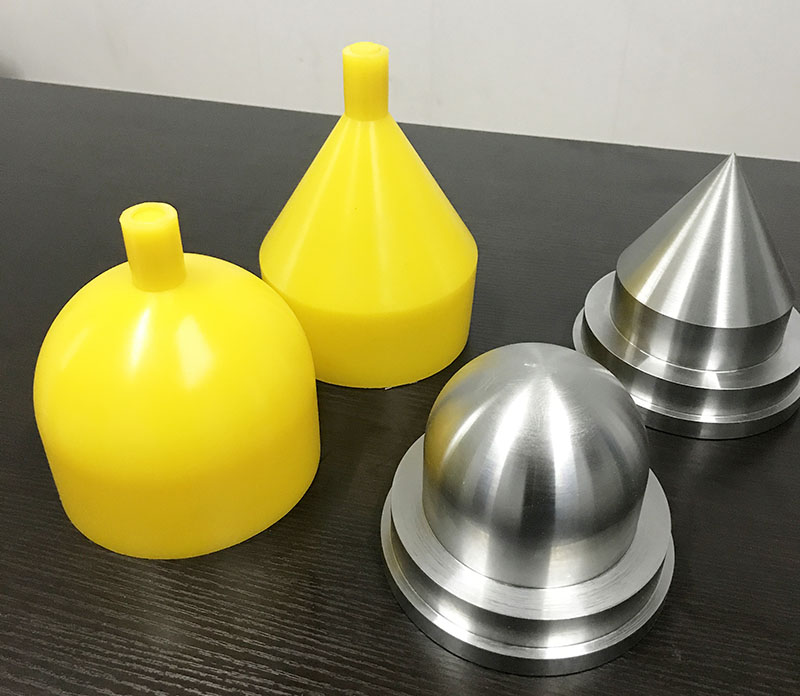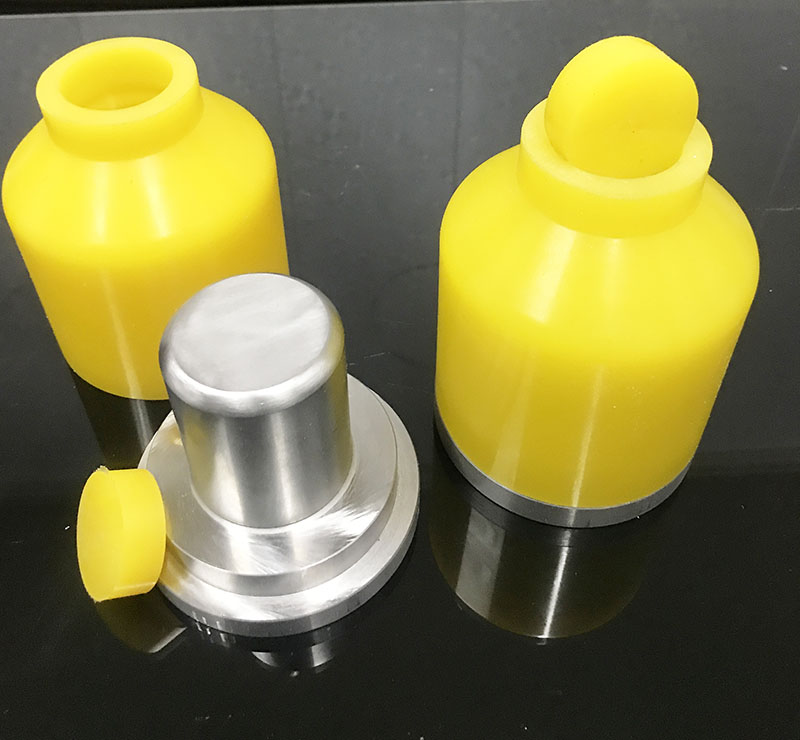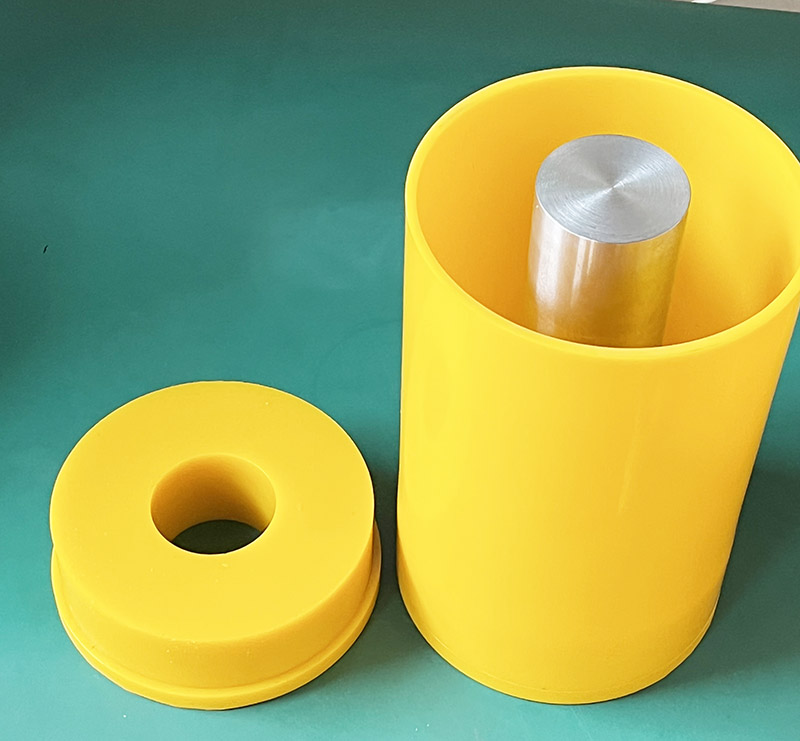Types of Isostatic Pressing
The working principle of isostatic pressing is Pascal's law: "The pressure of the medium (liquid or gas) in a closed container can be equally transmitted in all directions." Isostatic pressing technology has a history of more than 70 years. Powder molding; in the past 20 years, isostatic pressing technology has been widely used in ceramic casting, atomic energy, tool manufacturing, plastics, ultra-high pressure food sterilization and graphite, ceramics, permanent magnets, high-pressure electromagnetic porcelain bottles, biological drug preparation, food preservation, High-performance materials, military and other fields.
1. Cold isostatic pressing technology: At room temperature, rubber or plastic is usually used as the covering mold material, and the liquid is used as the pressure medium, which is mainly used for powder material molding, and provides for further sintering, forging or hot isostatic pressing process. green body. There are two types of cold isostatic pressing, wet bag method and dry bag method.
wet bag isostatic pressing
Put the powder into a plastic bag, directly into the liquid pressure medium, and contact with the liquid. Therefore, it is called the wet bag method. This method can arbitrarily change the shape and size of the plastic envelope. Products are very flexible. Suitable for small scale production. Every time the bagging and unloading operations are carried out, the production efficiency is not high, and continuous large-scale production cannot be carried out.
dry bag isostatic pressing
The rubber bag is first placed in the cylinder. Do not take it out during work, and put the powder into another plastic bag. Put it in a pressurized rubber bag and keep it out of contact with liquids. Therefore, it is called the dry bag method. This method can be operated continuously, that is, the upper cover is opened. Loading from the hopper. Then cover the lid and pressurize it. When discharging. Open the top cover. The compact is ejected from the upper side through the ejector bar at the bottom. Short operation cycle, suitable for batch production. But product specifications are limited. Because the pressurized plastic mold cannot be replaced frequently.
2. Warm isostatic pressing technology: The pressing temperature is generally at 80-120℃. There are also special liquid or gas transmission pressures at 250~450℃, and the operating pressure is about 300MPa. It is mainly used for graphite and polyamide rubber materials that cannot be formed by powder materials at room temperature. in order to obtain solid bodies at elevated temperatures.
3. Hot isostatic pressing technology: (hot isostatic pressing, referred to as HIP) is a process technology that makes materials undergo isostatic pressing under the simultaneous action of high temperature and high pressure. It is not only used for the consolidation of powders. The traditional powder metallurgy process is completed in two steps of forming and sintering, and is also used for diffusion bonding of workpieces, elimination of casting defects, and production of complex-shaped parts. In hot isostatic pressing, inert gases such as argon and ammonia are generally used as the pressure transmission medium, and metal or glass is usually used as the covering material. The working temperature is generally 1000~2200℃, and the working pressure is usually 100~200MPa.


















